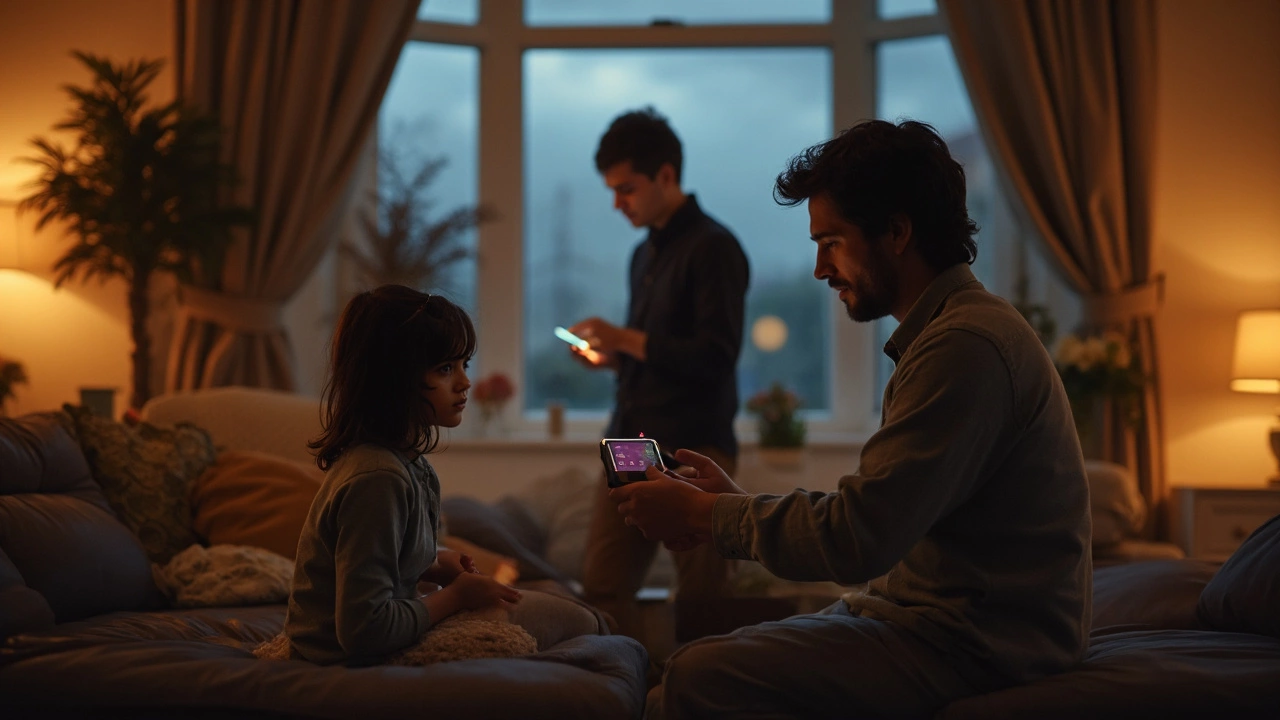Got an alarm but not sure how to make it talk to your phone or the internet? You’re not alone. Most homeowners want a system that alerts them instantly, works even when the power drops, and doesn’t need a tech wizard to set up. Below we break down the main connection options, walk through a typical phone‑link setup, and share quick fixes when things go wonky.
Older alarms often rely on hard‑wired panels that run straight to a monitoring centre. They’re rock‑solid but can be pricey to expand because every new sensor needs a cable run. Wireless alarms use radio frequencies (usually 2.4 GHz or 5 GHz) to talk to the base unit. This makes adding motion detectors or door contacts a breeze – just snap them in place and they pair automatically.
When choosing, think about your home layout. If you have thick walls or a lot of metal, a wired backbone can beat signal dead spots. On the other hand, a well‑designed wireless system paired with a strong Wi‑Fi router often gives you the same reliability with less hassle.
Most modern panels come with a companion app. The first step is to download the app from the App Store or Google Play, then create an account using your email. Inside the app, look for a “Add Device” or “Pair Alarm” button. You’ll usually need the panel’s unique QR code – it's either printed on the device or shown on the panel’s screen.
Scan the code, and the app will guide you through Wi‑Fi entry. Make sure you select a 2.4 GHz network; many panels can’t handle the 5 GHz band. After the panel connects, test the link by triggering a test alarm from the app. You should get an instant push notification and a sound on your phone.
If you prefer cellular alerts, enable the “Cellular Backup” option in the app. This tells the panel to use its built‑in SIM card if the internet drops. You’ll need a small monthly data plan, but it’s a cheap insurance policy for power or network outages.
Finally, set up zones and alert preferences. Decide which sensors send a full‑screen alarm versus a simple “door opened” notice. Tailoring alerts saves you from panic‑mode notifications for every small movement.
When everything’s linked, you have real‑time visibility: live video, battery status, and tamper alerts all in one place. It’s the kind of peace of mind that makes the few minutes of setup worth it.
Even the best‑designed system can hiccup. If your phone stops receiving alerts, first check the panel’s Wi‑Fi signal strength in the app. Weak signal often means you need to move your router or add a Wi‑Fi extender near the panel. Next, verify the cellular signal bars on the panel’s display; a low‑signal environment may need a higher‑gain antenna.
Regularly update the firmware through the app – manufacturers release patches that improve connectivity and fix bugs. A quick weekly check keeps your alarm humming along.
In short, alarm connectivity isn’t rocket science. Pick the right mix of wired or wireless, pair the panel with your phone’s app, enable cellular backup, and keep the software fresh. Follow these steps and you’ll have a system that alerts you instantly, no matter where you are.

Wondering if your house alarm still protects you when Wi-Fi drops? This article breaks down exactly how different alarm systems handle internet outages, so you know what's really keeping your home secure. You'll pick up key tips to make your alarm system more reliable, even if you lose internet. Get clear answers on backup plans, common myths, and smart ways to boost peace of mind. If security matters to you, these details matter too.